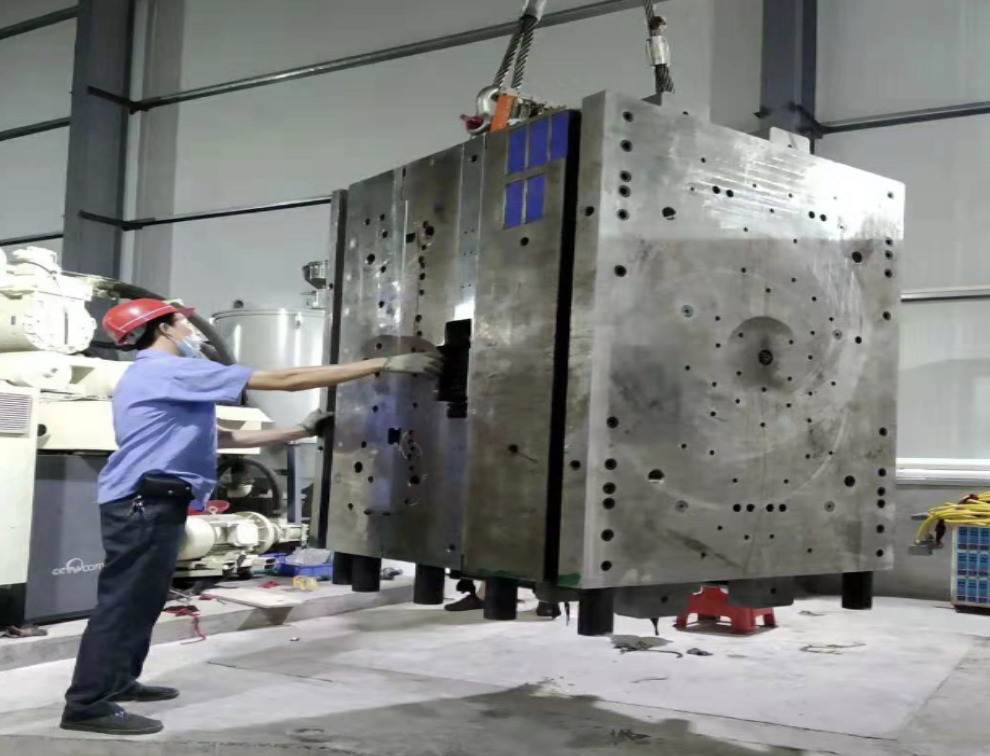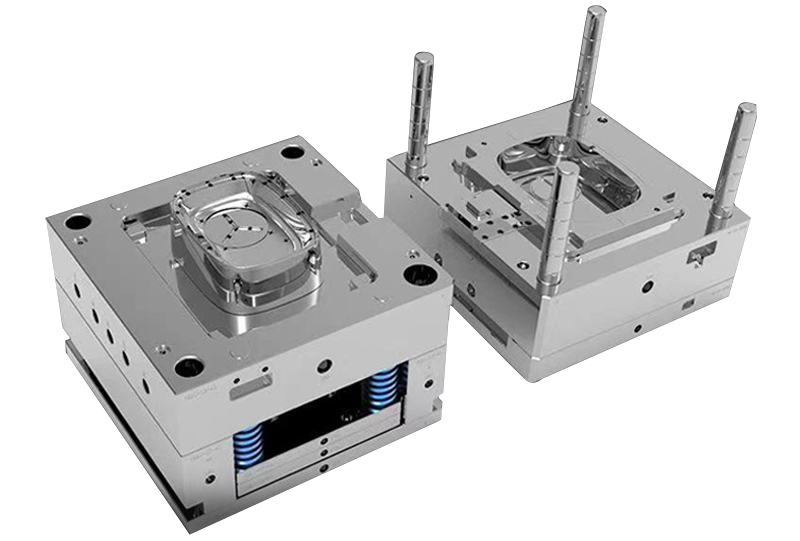Exploring the Future of Plastic Injection Molding in the Production Industry
Exploring the Future of Plastic Injection Molding in the Production Industry
Blog Article
Understanding the Essentials of Plastic Shot Molding Procedures
Plastic shot molding offers as a keystone of contemporary production, offering a systematic method to generating complicated parts with accuracy. Discovering these necessary aspects might reveal how even minor changes can lead to substantial renovations in manufacturing end results, elevating concerns regarding the capacity for advancement in this well established process.
What Is Plastic Injection Molding?
Plastic injection molding is a widely used manufacturing process that transforms polycarbonate and thermosetting products right into specific and complex forms. This technique is favored for its ability to produce high quantities of the same components with extraordinary precision, making it a crucial technique in different sectors, including automobile, durable goods, and clinical devices.
The process involves thawing the chosen plastic material and infusing it into a mold under high stress. The mold and mildew, created to the specifications of the preferred component, permits the molten plastic to form as it cools down and strengthens. Once the material has set, the mold is opened up, and the completed element is ejected.
Plastic shot molding uses a number of advantages, consisting of decreased waste, uniformity in production, and the capability to incorporate complex layouts that may be challenging with various other making methods. Furthermore, it supports a broad variety of materials, each offering one-of-a-kind residential properties that can be customized for specific applications. As sectors remain to innovate, plastic shot molding remains at the center, making it possible for the advancement of innovative products that fulfill evolving customer needs.
The Shot Molding Process
The shot molding process is an advanced method that involves numerous essential stages to generate top quality plastic elements. Plastic pellets are fed into a warmed barrel where they are melted into a viscous liquid. This molten plastic is after that injected under high pressure into a precision-engineered mold and mildew, which shapes the product into the wanted kind.
Once the mold is filled, the plastic is enabled to cool down and solidify, taking the form of the mold dental caries. Air conditioning time is essential, as it impacts the cycle time and the final properties of the molded component. After sufficient air conditioning, the mold and mildew opens up, and the finished element is ejected utilizing ejector pins.

Materials Used in Shot Molding
Various products can be made use of in the injection molding procedure, each offering one-of-a-kind residential or commercial properties that accommodate particular applications. The most generally used products include thermoplastics, thermosetting plastics, and elastomers.

Thermosetting plastics, like epoxy and phenolic materials, go through a chemical modification during the curing procedure, resulting in an inflexible, stringent structure. These products are suitable for applications needing high heat resistance try here and structural integrity, usually utilized in electric insulators and automotive components.
Elastomers, consisting of silicone and rubber-based materials, provide adaptability and strength. Their special properties make them suitable for applications that demand elasticity, such as gaskets and seals.
In addition, specialty materials like bio-based plastics and compounds are acquiring grip for their environmental advantages and improved performance features, broadening the extent of shot molding applications in numerous industries. Recognizing the residential or commercial properties of these products is crucial for choosing the ideal type for specific projects.
Benefits of Injection Molding
Shot molding stands out as an extremely reliable production process that provides various advantages for creating complex parts with precision. Among the most considerable advantages is the ability to develop complex designs that would certainly be difficult or impossible to attain with other techniques (Plastic Injection Molding). The process permits detailed attributes and tight resistances, making certain premium components
Furthermore, shot molding is understood for its rapid manufacturing abilities, making it a suitable option for high-volume production. When the mold and mildew is produced, components can be generated swiftly, decreasing lead times and raising overall efficiency. This effectiveness not just decreases production expenses but also gives an one-upmanship out there.
The versatility of materials used in shot molding better boosts its allure. A variety of thermoplastics and thermosetting polymers can be utilized, enabling makers to select materials that ideal satisfy their details demands, including toughness, versatility, and warm resistance.
Furthermore, the process reduces waste, as excess product can usually be reused and reused. This sustainability facet adds to a lowered environmental impact, making injection molding a responsible production choice. Overall, the benefits of injection molding make it a recommended approach for several industries.
Aspects Influencing Product Top Quality
While numerous elements can affect product quality in injection molding, recognizing these elements is vital for accomplishing optimum outcomes. Secret elements consist of product option, refining parameters, and mold design.
Material choice plays an important function, as various polymers exhibit special residential or commercial properties that impact flowability, strength, and thermal security. Poor product selection can bring about flaws such as warping or incomplete dental filling.
Processing specifications, consisting of pressure, cycle, and temperature time, have to be carefully controlled. Variants in these setups can lead to inconsistencies in part dimensions and surface area coating. Exceedingly high temperatures might cause degradation of the polymer, while inadequate pressure can result in short shots.
Mold style is equally essential, as it establishes the flow of the molten plastic and the cooling process. Badly designed mold and mildews may lead to unequal cooling rates, leading to dimensional errors and residual anxieties.

Verdict
To go to this site conclude, plastic shot molding functions as a crucial manufacturing procedure that allows the reliable manufacturing of high-grade elements. Proficiency of the injection molding procedure, consisting of the understanding of products and the impact of various variables on item quality, is important for accomplishing ideal results. The advantages of this method, such as cost-effectiveness and layout flexibility, additional emphasize its significance across numerous markets, strengthening its standing as a favored option for high-volume manufacturing.
Plastic shot molding serves as a keystone of modern-day production, navigate to this site giving a methodical method to creating complex elements with accuracy.Plastic injection molding uses several benefits, including lowered waste, consistency in manufacturing, and the ability to include elaborate designs that may be challenging with other producing methods (Plastic Injection Molding). As sectors proceed to introduce, plastic shot molding remains at the forefront, enabling the growth of advanced products that fulfill evolving consumer demands
The injection molding procedure is an advanced technique that entails several crucial phases to create high-grade plastic parts.In conclusion, plastic injection molding offers as a vital production process that makes it possible for the effective production of top notch elements.
Report this page